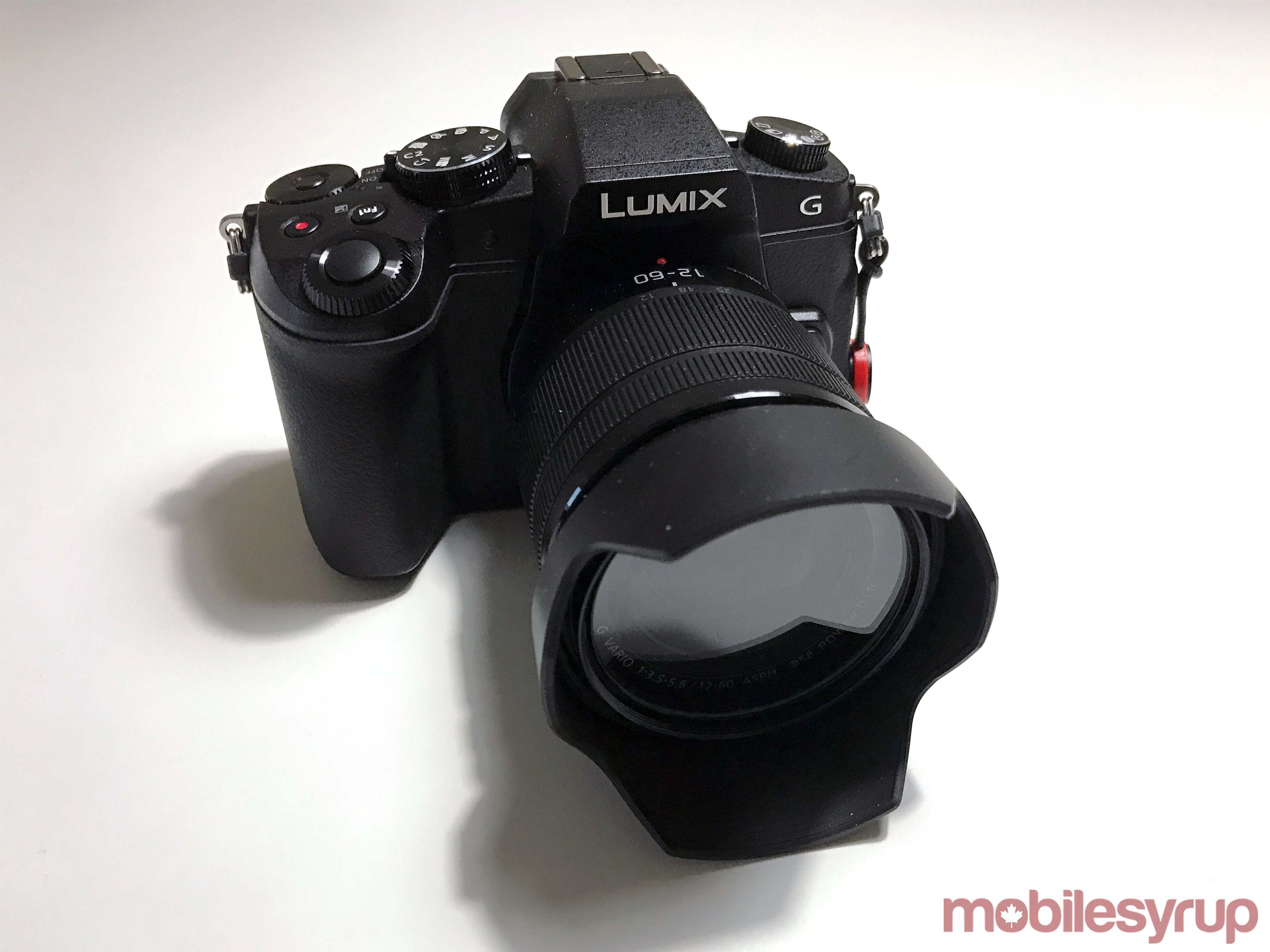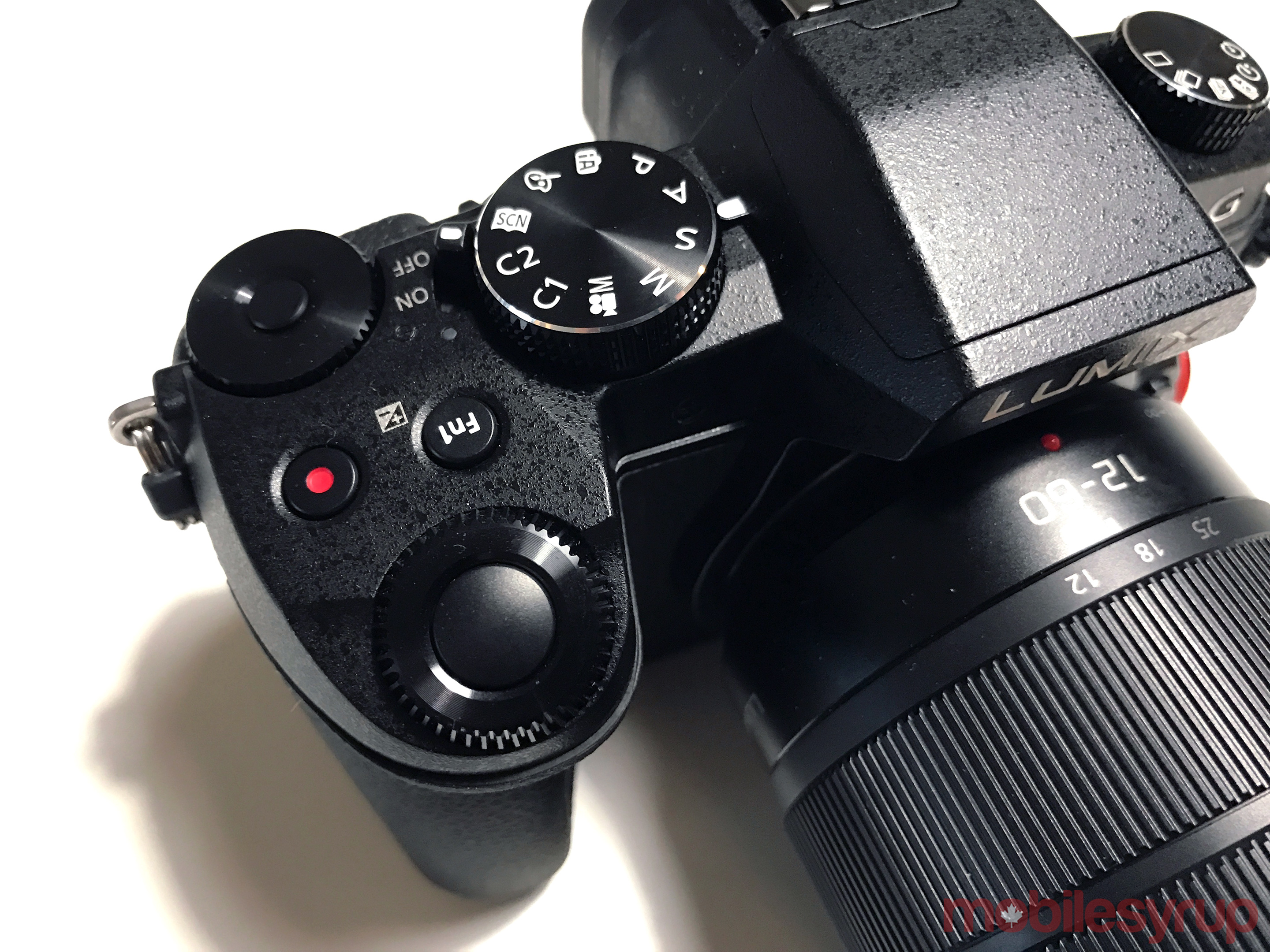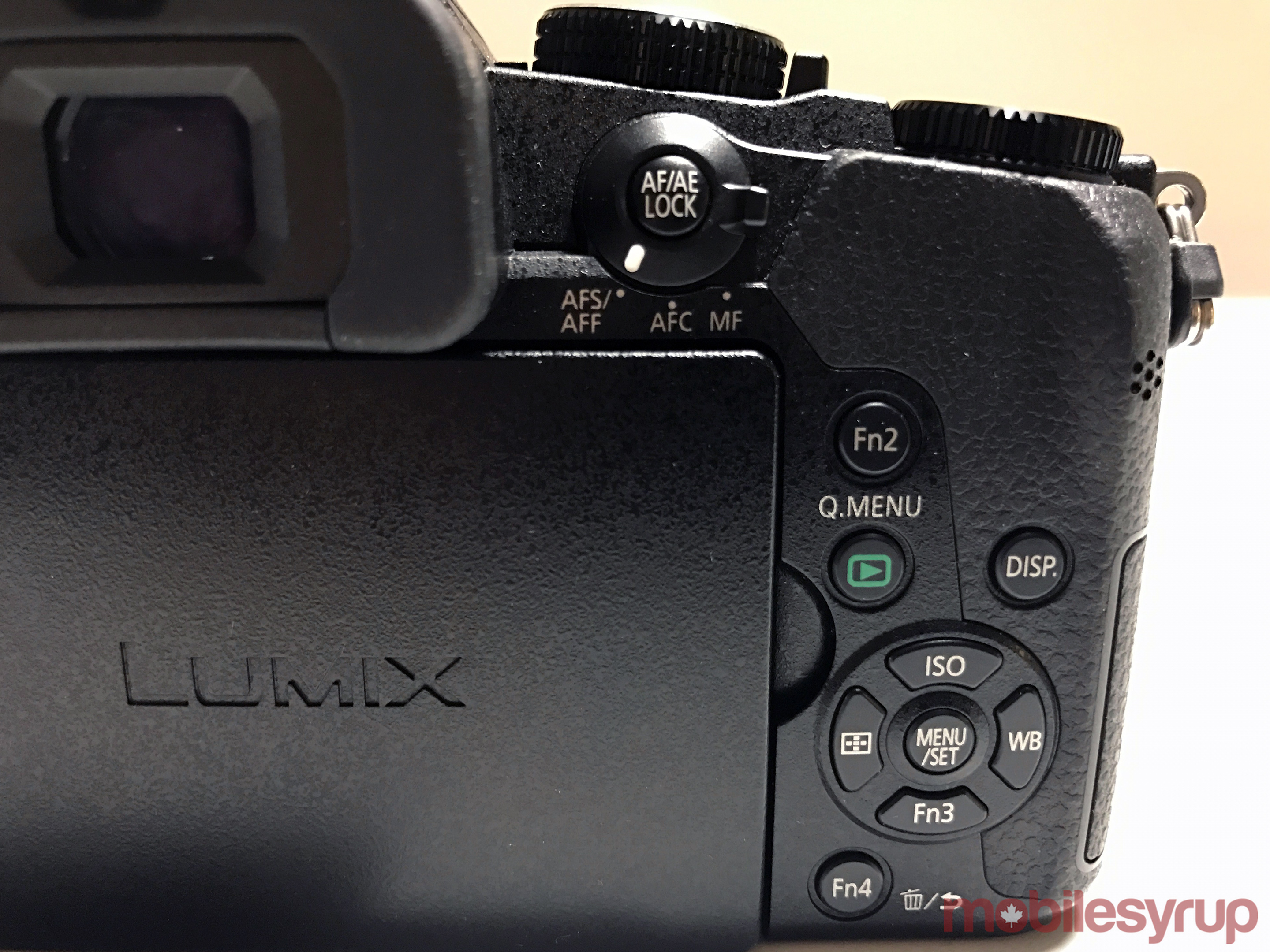
From a young age I’ve always had a keen interest in photography, starting with simple point and shoot cameras as a child, graduating to a 35mm SLR in high-school, and then various Canon Rebel prosumer DSLRs in University and my career as a journalist.
While Canon’s Rebel series has always served my specific use case as a journalist, which typically involves rapidly shooting photos at events and more carefully setup photos of products for reviews, the manufacturer’s cameras have a less than stellar reputation when it comes to video performance. To the criticism of many, Canon doesn’t seem to have any interest in exploring adding 4K video support to its prosumer DSLR lineup.
With video becoming increasingly important to my day-to-day job, especially at MobileSyrup, I now need a camera that is capable of shooting solid images and video, or at the very least, has decent low-light video performance and the capability to autofocus reasonably well when filming video.
The kind of videos I find myself creating typically need to be shot quickly, on crowded demo show floors and often under very difficult lighting conditions (this is why having a lens with a wide aperture has become very important to me). Why smartphone manufacturers insist on setting up their demo spaces in poor lighting has always been lost on me, but it remains a common practice in the industry.
There’s another reason too; traditional DSLRs are bulky and, in many cases, heavy, making them difficult to lug around while travelling or walking through a crowded hands-on demo show floor at a keynote. I loved my still relevant Canon Rebel T6i, which I only purchased a little over a year ago, but carrying around multiple bulky lenses, additional batteries, and the camera’s large body, has slowly grown into a chore. With the G85, my giant turtle shell of a backpack feels slightly less bulky.
Because of this, size is another factor that attracted me to enter the world of micro four thirds, mirrorless cameras. While not every micro four thirds shooter is lighter than a standard DSLR, especially the G85 I ended up landing on, they’re considerably smaller, allowing me to fit more all-important dongles into my backpack.
Here’s an example of some of the video I’ve shot with the G85.
After weeks of research and frequently bouncing between various Panasonic, Sony and Olympus mirrorless cameras, I finally and firmly landed on the recently released Panasonic Lumix G85, though I did also strongly consider the slightly older G7, most YouTuber’s camera of choice.
One of the other main factors that attracted me to the G85 is the fact that the camera features 5-axis image and video stabilization. Coupled with the G VARIO 12-60mm F/3.5-5.6 ASPH lens included with the G85, which itself costs around $700 CAD and features built-in image stabilization in its body, my videos now look silky smooth, even when I’m not using a tripod. Given that I’m often shooting videos and photographs without a tripod due to the nature of my job, stabilization is very important, especially in terms of video.
The camera also features a 16-megapixel sensor and a quiet shutter. Because micro four thirds cameras typically come equipped with image sensors that are smaller than what I’m used to with DSLRs, they don’t perform as well under low-light conditions, at least when it comes to photography. This is because less light is able to hit the camera’s sensor and is one of the main issues micro four thirds cameras experience.
This is something I’ve found difficult to grapple with after using Canon’s Rebel line for so long. I’m beginning to get the hang of the camera’s strengths and weaknesses when it comes to low-light, however. Because the G85 has such solid image stabilization, I’m able to shoot at a significantly slower shutter speed than I was with my Canon camera. I also quickly learned to set the camera’s ISO max to 1200 since anything above that number results in a very noisy image, at least in my experience, though I’ve read reviews of the G85 that state otherwise.
The camera also features programmable dual thumb dials, which I’ve set to act as my shutter speed and aperture controls, depending on what preset I’m shooting with. I typically opt for aperture priority and allow the camera to set the shutter speed and ISO. The G85 also even features distinct controls for single/continous autofocus and five numbered function (fn) buttons, allowing photographers to set the camera up exactly how they want to (this is something I’ve never experienced before with Canon’s DSLR ecosystem). This gives me quick access to useful features like the G85’s built-in level.
While not exactly important in terms of how I shoot video and photography, the G85 is also splash and dust resistant, which means it can easily survive small amounts of water. If you ever get caught in the rain, this feature is definitely a plus.
The big draw for me of the G85 beyond what I’ve already mentioned is its continuous autofocus system, which can be easily quick-selected via its main rear dial. In my experience, the camera captures sharp video, even under tricky lighting conditions. The camera’s oscillating 2,360 pixel resolution screen is also great for shooting video and photos from odd angles, though my dearly departed Canon Rebel T6i also featured a very adjustable touch screen. At one point I was considering purchasing Panasonic’s smaller GX85, but was deterred by the fact that it doesn’t include a fully articulating screen.
Finally, 4K is a big draw for me with the G85, and not because MobileSyrup is going to switch over to shooting exclusively in 4K anytime soon, but because if I’m going to invest in this jump to micro four thirds, I want the camera to be future proof. Though I don’t have much purpose for 4K photos, experimenting with 4K video has been an interesting test for me.
I was surprised to learn 4K video files end up getting split into multiple files, which makes things a little more difficult when editing video together (apparently you can get around this if you’re using an SDXC memory card larger than 32GB). It’s certainly been an adjustment period for me switching to the G85 and micro four thirds cameras, and I’ll admit that during my first few weeks with Panasonic’s latest shooter, I regretted the switch.
After allowing myself adequate time to adjust to the intricacies that stem from using a micro four thirds camera, as well as getting used to the G85’s various settings, I’m slowly becoming more comfortable with my decision to enter the smaller, lighter, video focused world of micro four thirds cameras. The G85 would also be great for anyone looking to upgrade from their smartphone’s shooter, but don’t want to carry around a big, bulky camera (even Panasonic’s GX85, which is slightly cheaper than the G85, is a great option).
Panasonics’ G85 is available from most retailers for $1,199 CAD with a G VARIO 12-60mm F/3.5-5.6 ASPH lens and $949 for just the body.
The Panasonic G85 I used for this story was provided to me as a loan by Panasonic (when the camera is sent back to Panasonic, I plan to buy my own).
MobileSyrup may earn a commission from purchases made via our links, which helps fund the journalism we provide free on our website. These links do not influence our editorial content. Support us here.





